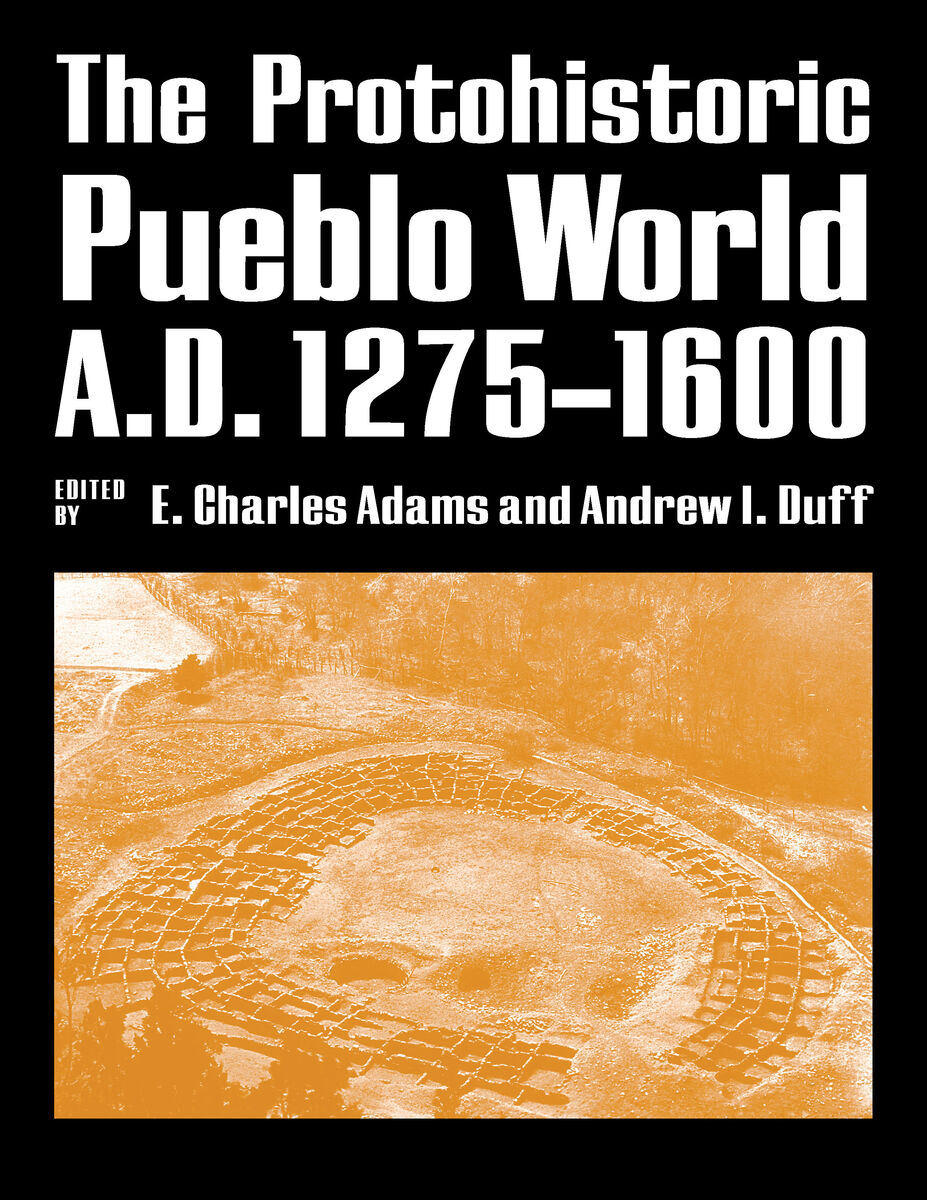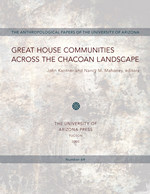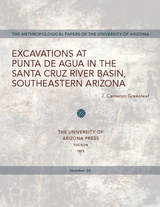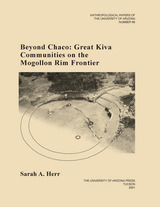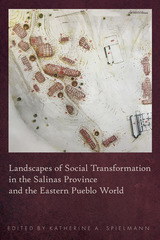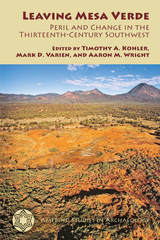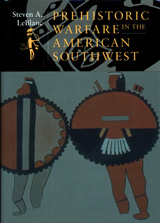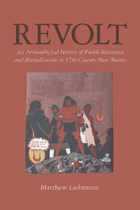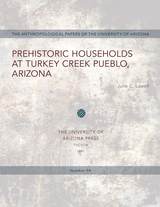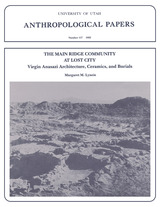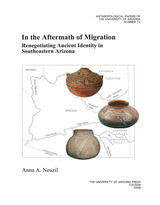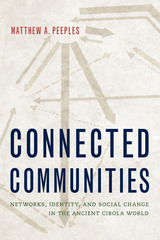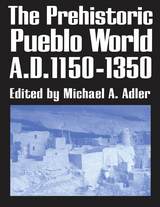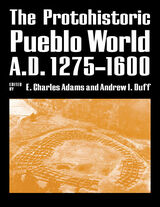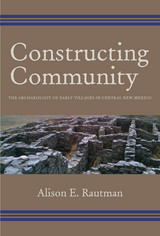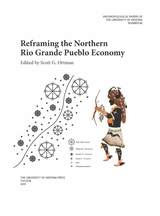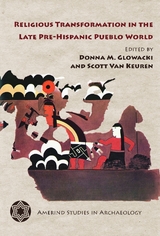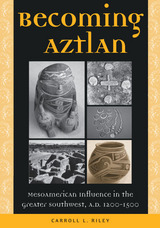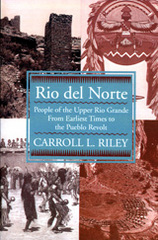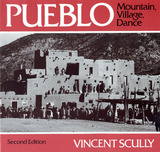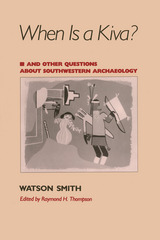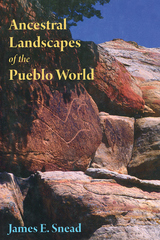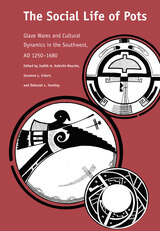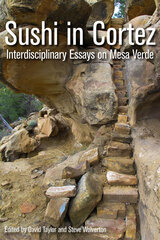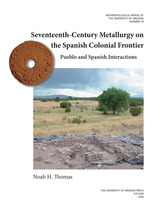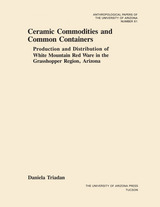The Protohistoric Pueblo World, A.D. 1275-1600
University of Arizona Press, 2004
Cloth: 978-0-8165-2343-6 | eISBN: 978-0-8165-4367-0 | Paper: 978-0-8165-3363-3
Library of Congress Classification E99.P9P815 2004
Dewey Decimal Classification 978.901
Cloth: 978-0-8165-2343-6 | eISBN: 978-0-8165-4367-0 | Paper: 978-0-8165-3363-3
Library of Congress Classification E99.P9P815 2004
Dewey Decimal Classification 978.901
ABOUT THIS BOOK | AUTHOR BIOGRAPHY | TOC
ABOUT THIS BOOK
In the centuries before the arrival of Europeans, the Pueblo world underwent nearly continuous reorganization. Populations moved from Chaco Canyon and the great centers of the Mesa Verde region to areas along the Rio Grande, the Little Colorado River, and the Mogollon Rim, where they began constructing larger and differently organized villages, many with more than 500 rooms. Villages also tended to occur in clusters that have been interpreted in a number of different ways.
This book describes and interprets this period of southwestern history immediately before and after initial European contact, A.D. 1275-1600—a span of time during which Pueblo peoples and culture were dramatically transformed. It summarizes one hundred years of research and archaeological data for the Pueblo IV period as it explores the nature of the organization of village clusters and what they meant in behavioral and political terms.
Twelve of the chapters individually examine the northern and eastern portions of the Southwest and the groups who settled there during the protohistoric period. The authors develop histories for settlement clusters that offer insights into their unique development and the variety of ways that villages formed these clusters. These analyses show the extent to which spatial clusters of large settlements may have formed regionally organized alliances, and in some cases they reveal a connection between protohistoric villages and indigenous or migratory groups from the preceding period. This volume is distinct from other recent syntheses of Pueblo IV research in that it treats the settlement cluster as the analytic unit. By analyzing how members of clusters of villages interacted with one another, it offers a clearer understanding of the value of this level of analysis and suggests possibilities for future research. In addition to offering new insights on the Pueblo IV world, the volume serves as a compendium of information on more than 400 known villages larger than 50 rooms. It will be of lasting interest not only to archaeologists but also to geographers, land managers, and general readers interested in Pueblo culture.
This book describes and interprets this period of southwestern history immediately before and after initial European contact, A.D. 1275-1600—a span of time during which Pueblo peoples and culture were dramatically transformed. It summarizes one hundred years of research and archaeological data for the Pueblo IV period as it explores the nature of the organization of village clusters and what they meant in behavioral and political terms.
Twelve of the chapters individually examine the northern and eastern portions of the Southwest and the groups who settled there during the protohistoric period. The authors develop histories for settlement clusters that offer insights into their unique development and the variety of ways that villages formed these clusters. These analyses show the extent to which spatial clusters of large settlements may have formed regionally organized alliances, and in some cases they reveal a connection between protohistoric villages and indigenous or migratory groups from the preceding period. This volume is distinct from other recent syntheses of Pueblo IV research in that it treats the settlement cluster as the analytic unit. By analyzing how members of clusters of villages interacted with one another, it offers a clearer understanding of the value of this level of analysis and suggests possibilities for future research. In addition to offering new insights on the Pueblo IV world, the volume serves as a compendium of information on more than 400 known villages larger than 50 rooms. It will be of lasting interest not only to archaeologists but also to geographers, land managers, and general readers interested in Pueblo culture.
See other books on: Land settlement patterns | Land tenure | Pueblo Indians | Social archaeology | Southwest, New
See other titles from University of Arizona Press
